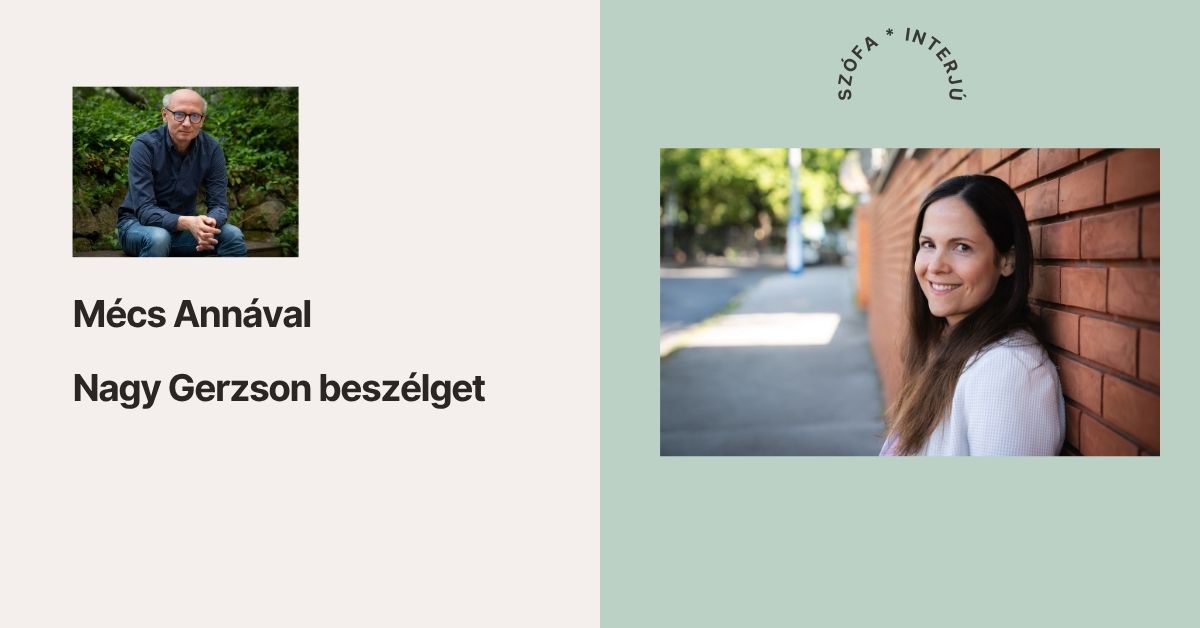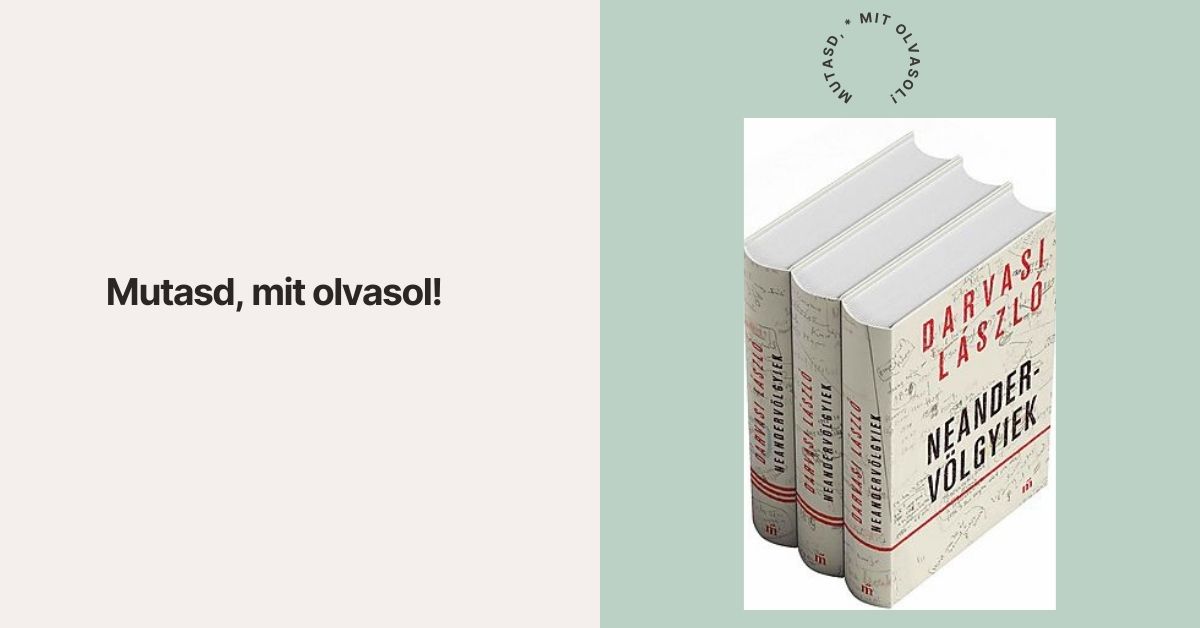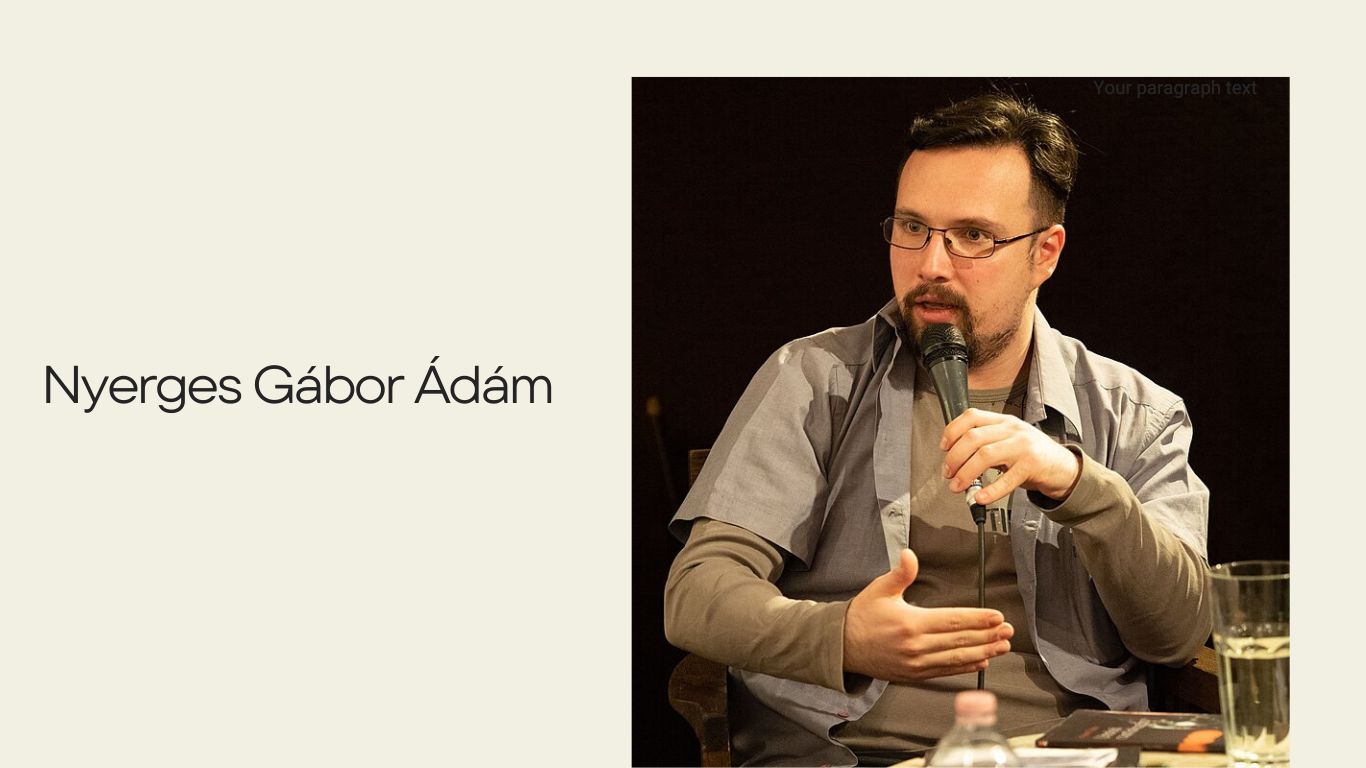Should auld acquaintance be forgot,
and never brought to mind?
Should auld acquaintance be forgot,
and auld lang syne?
Robert Burns
In Óbuda, the answer is sometimes yes. It depends on whom the acquaintance was.
As a naturalised Hungarian citizen from Britain, I swore my oath of loyalty to the country 4 years ago. Did you ever have to do that, dear reader? So, thinking about the people I swore loyalty to is still fresh in my mind. Looking around my adopted home, Óbuda, one of its most fascinating aspects are the ever-present reminders of history – or the attempt to obscure them.
For the outsider there is the prestige Aquincumi Múzeum located on the Szentendrei út, renovated in 2012 with EU funds, which shows Roman times and the largesse of government to the tourist and the wider world, but museums are nothing exceptional.
What is out of the ordinary is that the place is littered with Roman ruins, and a former administration obviously went to great pains to preserve them and make them accessible to the man-in-the-street. A body called the Budapesti Történeti Múzeum (Budapest History Museum), with a charter dated 2023, now appears to be responsible for most of them. But unfortunately, the enthusiasm of this body for displaying the past is patchy, as the example below (the preservation of the ruins of the thermal baths – Thermae Maiores – nestling under the flyover onto the Árpád bridge) shows.
7 years ago, you could see this:

together with many panels explaining the function of the various structures.
In 2024 you can see this:

The Táborvárosi Múzeum (Military Town Museum), is situated, amazingly, in part of the basement of a block of flats in the Pacsirtamező út (the picture below shows the end wall of the building on the right). But today you can only see some intriguing tombs from the street (the second image).


In the good old times, the Táborvárosi Múzeum used to be open on Sundays and public holidays as the words set in stone on the museum’s exterior show (left picture below). However, a present-day sign (right picture), with which the stone tablet coexists, announces it is indefinitely closed. Slightly more nuanced, the BTM AQUINCUM MÚZEUM webpage states it is “currently closed to visitors” but the current period has lasted at least 13 years with no sign of anything happening physically – I pass it almost every day.


But not all has changed for the worse. The remains of Hercules Villa, nestling in the shadow of a school building on the Meggyfa utca, house some beautiful partially restored mosaics and it is now open 6 days a week, albeit only from April to October.


For me, even more extraordinary proof of the lengths to which Budapest historians went to preserve their heritage and make it visible is the piece of Roman wall right in the middle of display shelving in the Flórián tér supermarket.


I often wonder about the local people who lived around what is now the Flórián tér – not the soldiers, they obviously came and went. The genetic evidence (I am a biologist) shows that a large proportion of the people living in present day Hungary derived from peoples who fought over it at the end of Roman empire: Gepids, Lombards and perhaps some Slavs, admixed with Magyars but, of course, culturally Magyar. But what turbulence must some of their ancestors have lived through, when Mongols came, and Buda was sacked and again when the Turks were here. There are no monuments to this: most likely just an ash layer visible in an archaeological trench. What must it have felt like, if you survived at all, to have your daily life destroyed and to have to build up everything again from scratch.
Luckily, like most of my readers, I have not experienced any such turbulence in my lifetime. However, not even 5 years before I was born and less than 2 kilometres from where I live, a tragic event unfolded: one Óbuda doesn’t seem to want remembered. Here, on either side of the Bécsi út, where the Budapesti Műszaki SZC Bláthy Ottó Titusz Informatikai Technikum (Bláthy O. T. Budapest Information Technology Training Centre) and Praktiker, as well as some modern blocks of flats now stand, once stood sheds belonging to the Nagybátony-Újlak Téglagyár (N.-Ú. Brick Factory).

It is clearly marked on this 1927 map of Budapest, which shows a bridge over the Bécsi út, roughly where the Váradi utca now stands and below is an aerial picture taken in 1944.

Aerial view of the Újlaki brick factory (1944). The bridge over the Bécsi út is clearly visible, but there are many more buildings than those marked on the 1927 map. The continuous road running across the bottom of the picture is the Föld utca.
Apart from aerial photos, pictures of the Újlaki brick factory are rare and do not show details, but many of the roofed structures were for drying bricks and did not have walls.
The significance of this place is not so much what happened there, that was bad enough (see below), but it marked the starting point of the so-called “death marches” of many Budapest Jews and Roma. It was here in November and December 1944 that Jews and Roma were assembled before being sent on forced marches to the Austrian-Hungarian border to be used as forced labour to build fortifications. Similar marches took place from other parts of the Balkans; the best-known one being the one on which the poet Miklós Radnóti died after a 500-kilometre march from the copper mines of Bor in Serbia.
The “collection” of people to the Újlaki brick factory and the forced marches were carried out by Hungarians belonging to the Arrow Cross movement and by the police and were particularly brutal: the forced labourers were not given shelter or enough to eat, and stragglers were shot. It is difficult to get hold of accurate numbers: an oft-cited report by lieutenant-colonel László Ferenczy of the Hungarian police (and liaison officer to Adolf Eichmann) of 76.000 persons delivered to the SS between 9th of November and 1st December is considered unreliable, a cross-comparison with the number of labourers working on fortifications in Austria makes 50.000 more likely. On at least one march a third of the labourers leaving Budapest were lost on the way.
Quite apart from the marches themselves, the martyrdom of the forced labourers did not end with their arrival at the border. As the Russian front moved through Hungary to the border in early 1945, the labourers were transported once again, in this case to concentration camps in Austria and Germany, where most died of either hunger or disease – by this stage of the war the gas chambers had already been dismantled – probably the most damning evidence that those in command of these camps knew what they were doing was wrong.1
Even though the forced labourers at the brick factory only stayed two or three days, the conditions were not much better than on the marches: there was no food, and the sheds were not suitable for humans. Here an eyewitness account.
"We were pressed together, all we could do was sit, huddled up. Outside the rain was falling inconsolably, and new and new groups were arriving at the brick factory in endless lines. We left a narrow path in the middle, where the Arrow Cross were walking up and down, taking away any lantern they saw, shouting, and shooting into the air. Anyone who wanted to go to the toilet had to line up at the door, and from there they were led out in groups of hundreds into the yard, where they had to relieve themselves in front of everyone, in front of the Arrow Cross who were laughing rudely and making comments. When the people came back in, they couldn't find their place in the terrible darkness and chaos. Several people were shot dead." 2
Most of the people gathered at the Újlaki brick factory were taken from the so-called yellow-star houses to which 220.000 Budapest Jews had been forcibly consigned by a mayoral decree since June 14, 1944. Women and the old were also taken. As a result, many of the stories of the horrors of these forced marches have been told by survivors who lived in these houses. An account of what happened to one family, told by Gabriella Falus, who was 14 at the time, has particular meaning for me, because she was an Óbuda citizen and lived in the Lajos utca, Vihar utca, Kiscelli utca and Kenyeres utca, all addresses that are just round the corner from me and with which I can identify. Gabriella survived, because she had a “letter of protection,” so she never went on a march, but this is the story of what happened to her family.
“When my maternal grandparents’ house in the Berlini tér became a yellow-star house, I moved there with my mother, my mother was taken away during an Arrow Cross raid and they went on foot toward Germany. She escaped at an opportune moment and set out on foot from Isaszeg to Budapest; by the time she got back to her parents, her toes had become frozen. She was still ill and lying in bed when my grandparents and my great-grandmother, were taken away in an Arrow Cross raid after the Arrow Cross had come to power [15 October 1944 – PS]. We could stay because we had a Swiss letter of protection. Neither my paternal nor my maternal grandmothers wanted to accept protection from any other state, as they were proud Hungarians, and they did not want any protection papers. As we learnt later, my grandparents were taken to the brick factory in Óbuda, and they were started on foot towards Germany. When my diabetic grandmother could not go on, an Arrow Cross man shot both her and my grandfather. My great-grandmother ended up in the ghetto, where she starved to death. I still think that my grandparents would have survived the Holocaust if they had accepted our offer to get them some letters of protection.” 3
Given the extent of suffering and the historical role played by the brick factory in it, I find the extent to which the significance of the place is remembered rather pitiful. This is what I find there today.

It’s not very large, there is no signposting to indicate the presence of the memorial, and it is not easy to view from the road unless you are standing right in front of it, because of bushes that stand in the line of view. The significance of the names in the panels on either side is unexplained. Were they people who died there? It doesn’t seem to adequately draw attention to what certainly happened to tens of thousands of victims whose journey to death started there.
Having lived in Germany for over 20 years, I cannot help but contrast the greater awareness of that country’s citizens to the atrocities of the last war with the awareness that I find in Hungary. The more I read of historical accounts, the more I detect some kind of collective amnesia. I know there are manifold reasons behind this, I’ve been associated with Hungary for 50 years now and so I experienced at least the tail end of communisms and I’m experiencing the rebirth of a propaganda-based view of history whose view of the past can be euphemistically described as selective. Nonetheless I find it personally distressing to see this sad epitaph to an important part of Óbuda history standing lonely, forlorn, and unnoticed next to the hustle and bustle of the much-visited consumerist temples of Praktiker and Stop Shop.
ABOUT THE AUTHOR
Peter was born in 1949 in London. He trained as a Molecular Biologist and pursued a career at prestigious German Research Institutes before becoming a businessman and running small Biotech companies in Germany, Austria and Hungary. He also lectured Physiology at the Szt. István Veterinary University and taught Biology to Hungarian students aspiring to go to foreign universities. He has been coming to Hungary at regular intervals since 1975, witnessing much of the societal change that has taken place here over the last half century. He moved to Hungary full time in 2003 and to Óbuda in 2013, where he has been living ever since.
1) These numbers above are taken from: Szabolcs Szita, “Die Todesmaersche der Budapester Juden im November 1944 nach Hegyeshalom-Nickelsdorf,” Zeitgeschichte, vol. 22 (1995), pp. 124-137.
2) (Taken from the website: http://konfliktuskutato.hu/index.php?option=com_maps&view=map&event_id=674&tmpl=itr&Itemid=195 – Google translated)
3) (Taken from: “Touched by the Yellow Star: Twenty-five Life Stories” ed. Éva Nádor and partner Publishing Company, Budapest 2017).





